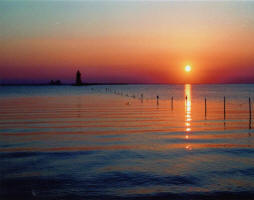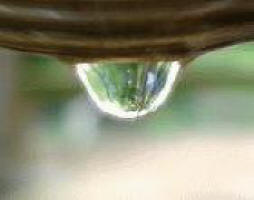 Miniature satellite to map global vegetation
Miniature satellite to map global vegetation
The French Spot satellites have been charting the world’s vegetation since 1998. This important task soon falls to ESA’s Proba-V, which, despite being only a little larger than a washing machine, will provide sharp views of Earth’s plant life every two days.
Keeping a close check on the health of vegetation is not only essential for monitoring environmental change, but also for numerous practical applications – importantly, those related to agriculture and food security.
Over the past 10 years, more than 8000 registered users around the world have relied on data from the Vegetation instruments on Spot-4 and Spot-5.
Since the sensor on Spot-4 stopped supplying data last year and Spot-5 is expected to come to an end in the middle of 2014, the upcoming Proba-V mission has been designed to continue the supply of this much-needed imagery.
Furthermore, after the loss of Envisat and its MERIS camera, Proba-V will help to bridge the gap until the launch of the Sentinel-3 mission, which carries the Ocean Land Colour Instrument to follow on the 10-year time series of MERIS data.
The V in Proba-V also stands for Vegetation, but the design is somewhat different to Spot’s – it is much smaller. The whole satellite is less than one cubic metre, with the sensor being a cleverly miniaturised version of Spot-5’s full-size camera.
The old saying ‘good things come in small packages’ is certainly apt for Proba-V. This small satellite carries a very wide-angle telescope with a 2250 km field of view, about double the width that MERIS offered. It will also deliver a spatial resolution three times sharper than the Spot Vegetation sensor.
This width of view means that Proba-V will provide global coverage every two days, with latitudes 35–75°N and 35–56°S covered daily. It operates in four spectral bands: blue, red, near-infrared and mid-infrared, which are ideal for environmental and agricultural monitoring.
Thanks to its range of spectral bands, Proba-V can distinguish between different types of land cover and plant species, including crops. It will provide a clear picture of the plants so their health can be easily monitored. This microsatellite is therefore especially relevant for improving agricultural practices, tracking desertification and vegetation burn scars.
| Contact information | n/a |
|---|---|
| News type | Inbrief |
| File link |
http://www.esa.int/Our_Activities/Observing_the_Earth/Miniature_satellite_to_map_global_vegetation |
| Source of information | ESA |
| Subject(s) | AGRICULTURE , HYDRAULICS - HYDROLOGY , INFORMATION - COMPUTER SCIENCES , MEASUREMENTS AND INSTRUMENTATION , METHTODOLOGY - STATISTICS - DECISION AID , NATURAL MEDIUM , RISKS AND CLIMATOLOGY , TOOL TERMS , WATER DEMAND |
| Relation | http://www.esa.int/Our_Activities/Technology/Proba_Missions/Testing_time_for_Proba-V_ESA_s_global_vegetation_tracker |
| Geographical coverage | n/a |
| News date | 11/02/2013 |
| Working language(s) | ENGLISH |
 you are not logged in
you are not logged in





